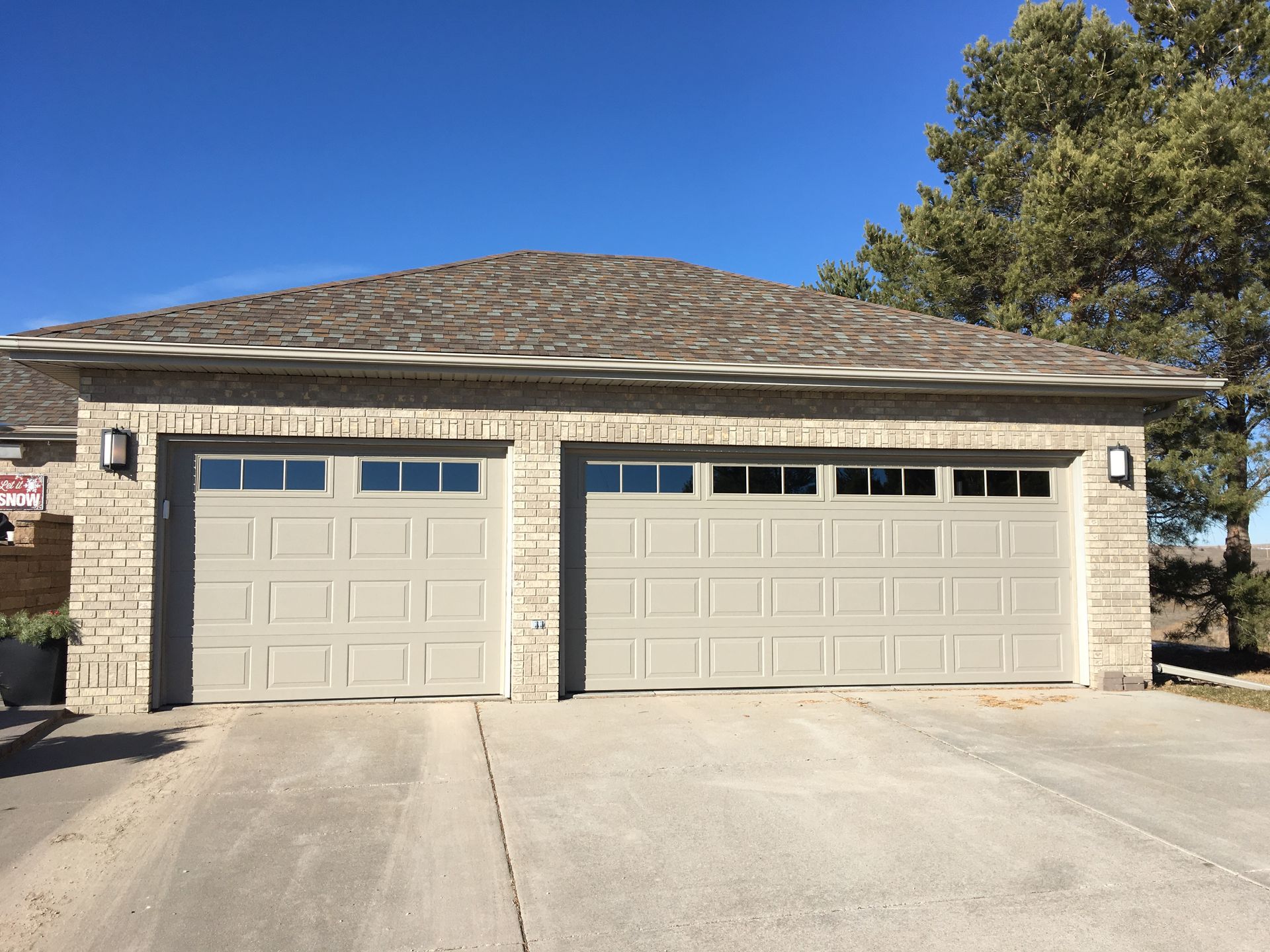The weather can have a huge impact on your roof. Understanding the challenges each season brings can help protect and extend your roof's life. Let’s dive into how weather affects your roof and tips for year-round protection.

The Effects of Rain, Snow, and Heat on Roofs
Heavy Rain: Persistent rain can lead to leaks, mold, and erosion if your roof isn’t properly sealed. Standing water can damage shingles and cause rot in wooden structures.
Snow and Ice Accumulation: Snow buildup can cause your roof to sag or even collapse if left unchecked. Ice dams form when melting snow refreezes at the roof’s edge, blocking drainage and causing leaks.
Extreme Heat: High heat can cause shingles to warp or crack. The continual expansion and contraction of roofing materials under intense heat can also cause long-term damage.
Preparing Your Roof for Extreme Weather
Taking steps to protect your roof from extreme weather is essential. Here are some tips to keep your roof safe during harsh conditions:
- Clear gutters: Ensure that gutters and downspouts are clear of debris to prevent water backup during rain or snow melt.
- Inspect shingles: Examine your shingles and replace any that are damaged or missing to prevent leaks and additional damage.
- Check for cracks: Seal any cracks or gaps you find to stop water from entering your roof during rainy or snowy weather.
- Ensure proper insulation: Proper insulation helps keep your home energy-efficient and prevents the formation of ice dams.
Weathercraft’s Recommended Roof Inspections and Maintenance
To keep your roof in peak condition, Weathercraft suggests having it inspected twice a year—once in spring and once in fall. We’ll identify weather-related damage and make recommendations for repairs and upgrades to protect your roof from harsh weather.